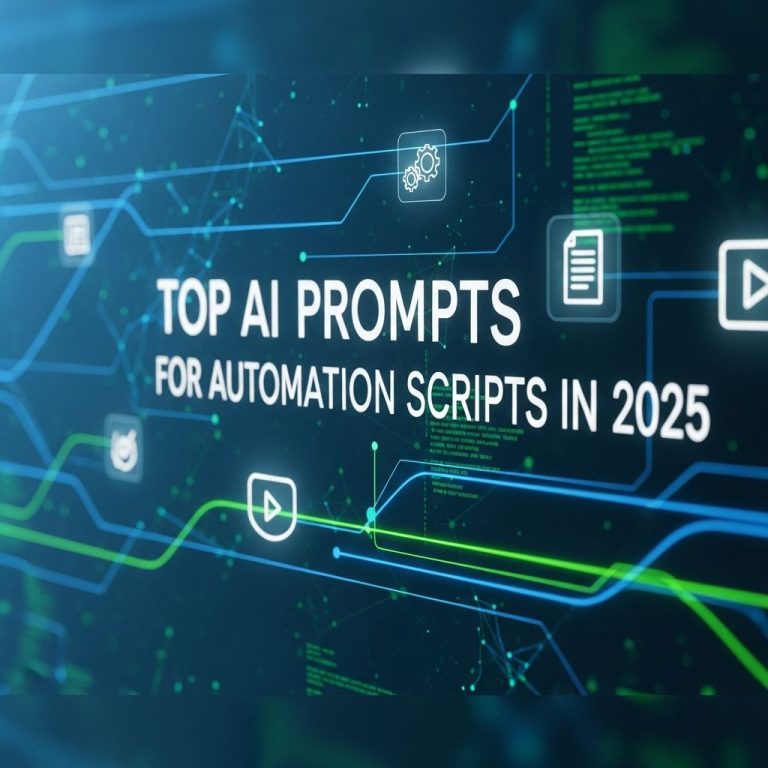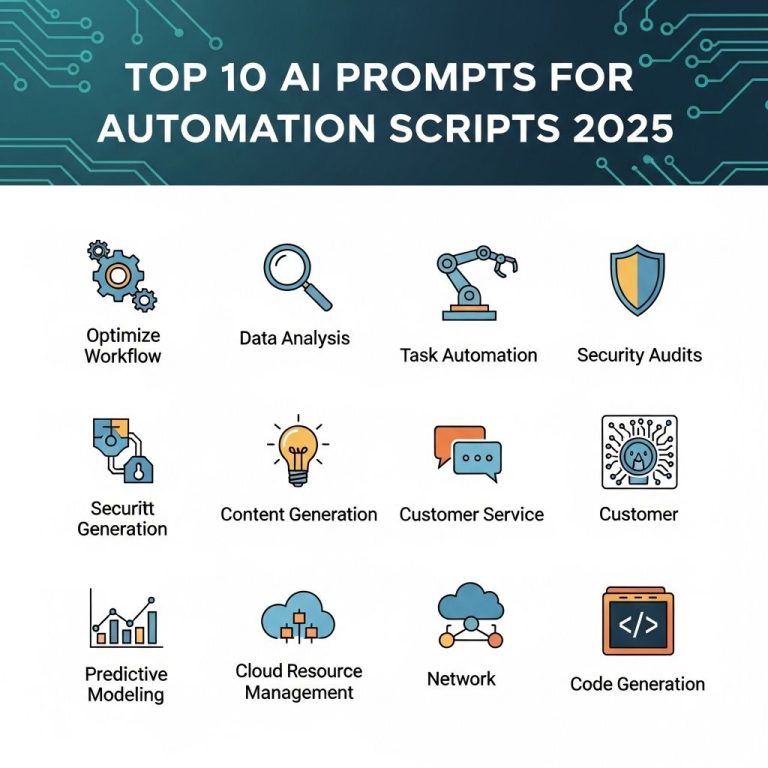As businesses expand globally, the need for effective communication across different languages has never been more critical. In this digital age, artificial intelligence (AI) translation APIs have emerged as vital tools for software as a service (SaaS) providers. These APIs not only automate the translation process but also ensure accuracy and context retention, making them indispensable for companies looking to enhance their global reach. This article explores the top AI translation APIs that are poised to lead the market in 2025.
Understanding AI Translation APIs
AI translation APIs utilize machine learning algorithms and natural language processing (NLP) to translate text from one language to another. They can handle a variety of content types, from simple texts to complex documents, and are designed to improve over time as they learn from user interactions.
Key Features of AI Translation APIs
- Real-time Translation: Instant translations that enable seamless communication.
- Contextual Understanding: Advanced algorithms that maintain the meaning and tone of the original text.
- Multiple Language Support: Extensive databases that cater to numerous languages and dialects.
- Customization: Options to tailor translations according to industry-specific terminology.
- Integration Capabilities: Compatibility with various platforms and tools for easy implementation.
Leading AI Translation APIs for 2025
Several AI translation APIs are gaining traction in the SaaS market. Below, we delve into some of the most promising options that are expected to dominate in 2025.
1. Google Cloud Translation API
Google has been a pioneer in the field of AI and continues to enhance its translation API. The Google Cloud Translation API offers:
- Support for over 100 languages.
- Automatic language detection.
- Customization for domain-specific terminology.
2. Microsoft Translator Text API
Part of Microsoft Azure’s Cognitive Services, the Translator Text API is known for its robust features:
- Real-time translation capabilities.
- Support for text, speech, and image translations.
- Integration with Microsoft Office and other applications.
3. IBM Watson Language Translator
IBM Watson offers a powerful solution tailored for enterprise needs:
- Domain adaptation for specific industries.
- Integration with IBM’s suite of AI tools.
- Collaborative features for teams working on multilingual projects.
4. DeepL API
DeepL has emerged as a preferred choice for many businesses, especially for European languages:
- Superior translation quality with a focus on contextual accuracy.
- Supports multiple file formats including .docx and .pptx.
- User-friendly interface for easy integration.
5. Amazon Translate
Leveraging Amazon’s vast AI infrastructure, Amazon Translate provides:
- Scalability to handle large volumes of text.
- Integration with AWS services for a seamless experience.
- Support for custom terminology.
Comparative Analysis of AI Translation APIs
To help businesses make an informed decision, the following table compares the key features of the leading AI translation APIs:
| API | Language Support | Customization | Real-time Capabilities | File Format Support |
|---|---|---|---|---|
| Google Cloud Translation | 100+ | Yes | Yes | No |
| Microsoft Translator | 70+ | Yes | Yes | Text, Speech, Images |
| IBM Watson | 40+ | Yes | No | No |
| DeepL | 30+ | Yes | Yes | Text Documents |
| Amazon Translate | 100+ | Yes | Yes | No |
Choosing the Right API for Your SaaS
Selecting the best AI translation API for your SaaS product involves several considerations:
1. Target Audience
Understand the languages your users speak and the regions you want to target. This will help narrow down your options based on language support.
2. Integration Needs
Evaluate how easily the API can be integrated into your existing systems or applications. A well-documented API with SDKs can significantly simplify the process.
3. Budget
Consider the pricing structure of the API. Some services charge per character translated, while others have subscription models. It’s crucial to choose an option that aligns with your financial strategy.
4. Performance and Accuracy
Look for APIs that offer high accuracy and performance metrics. Testing different APIs with your content can provide insights into which one meets your requirements best.
Future Trends in AI Translation
As we approach 2025, several trends are expected to influence the landscape of AI translation:
- Increased Personalization: APIs will likely offer more personalized translation experiences based on user preferences and historical data.
- Greater Contextual Understanding: Enhanced NLP algorithms will improve the ability of APIs to understand idiomatic expressions and cultural nuances.
- Integration with Other AI Technologies: Expect to see more integration with chatbots, virtual assistants, and other AI tools to create seamless multilingual experiences.
Conclusion
As the demand for multilingual communication continues to grow, AI translation APIs will play an essential role in the global landscape of SaaS. By understanding the key features, comparing different APIs, and keeping an eye on emerging trends, businesses can choose the right tools to break down language barriers and foster international collaboration. In 2025, the API landscape will be pivotal in shaping how we communicate across cultures.
FAQ
What are the top AI translation APIs for SaaS in 2025?
In 2025, some of the top AI translation APIs for SaaS include Google Cloud Translation API, Microsoft Azure Translator, AWS Translate, DeepL API, and IBM Watson Language Translator.
How do AI translation APIs improve translation accuracy?
AI translation APIs improve accuracy by utilizing advanced machine learning algorithms and neural networks that learn from vast amounts of bilingual text, enabling more context-aware translations.
Can AI translation APIs handle multiple languages simultaneously?
Yes, most leading AI translation APIs can handle multiple languages simultaneously, allowing developers to create applications that support global users seamlessly.
What industries benefit the most from AI translation APIs?
Industries such as e-commerce, travel, healthcare, and education benefit significantly from AI translation APIs as they facilitate communication and content localization for diverse audiences.
Are AI translation APIs customizable for specific business needs?
Many AI translation APIs offer customization options, allowing businesses to tailor translations based on their specific terminology, tone, and industry requirements.
What should I consider when choosing an AI translation API for my SaaS application?
When choosing an AI translation API, consider factors such as language support, pricing, integration ease, scalability, and the quality of translations based on user reviews.




